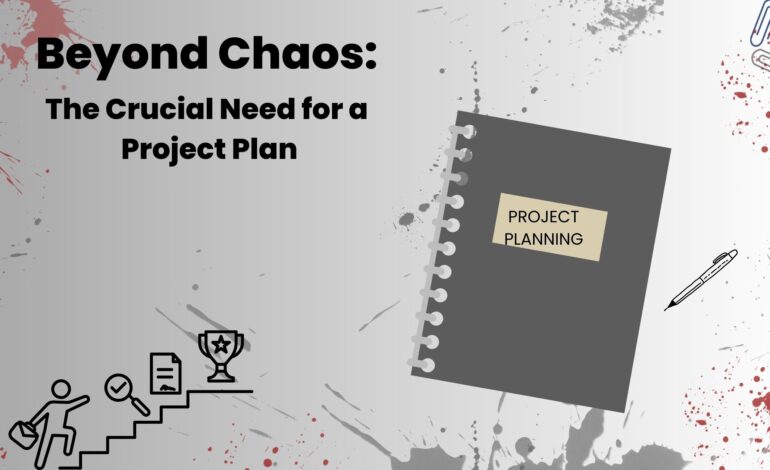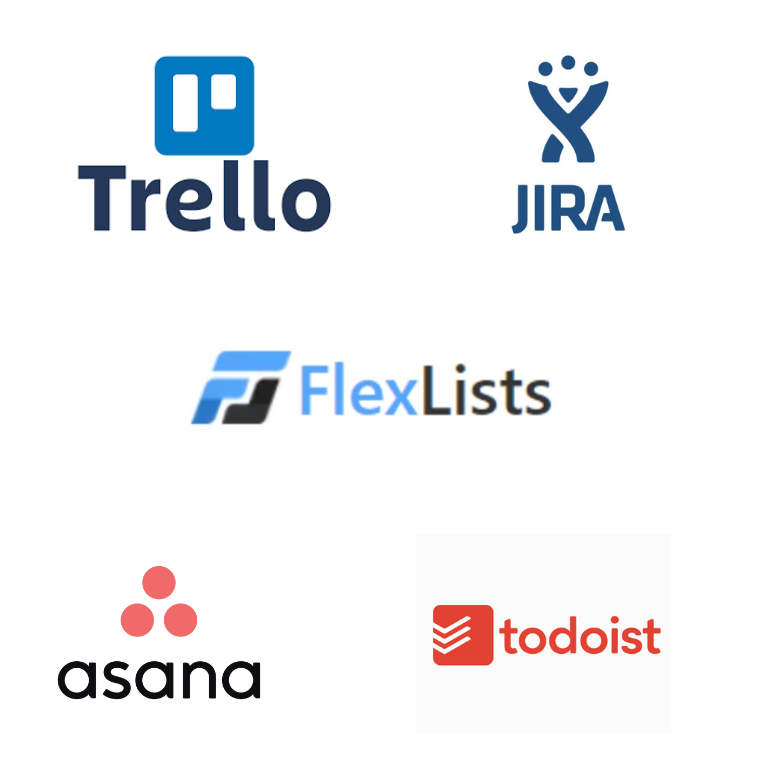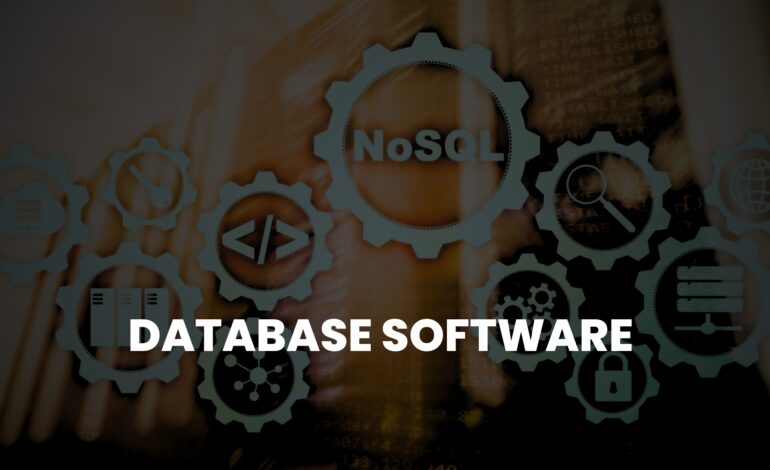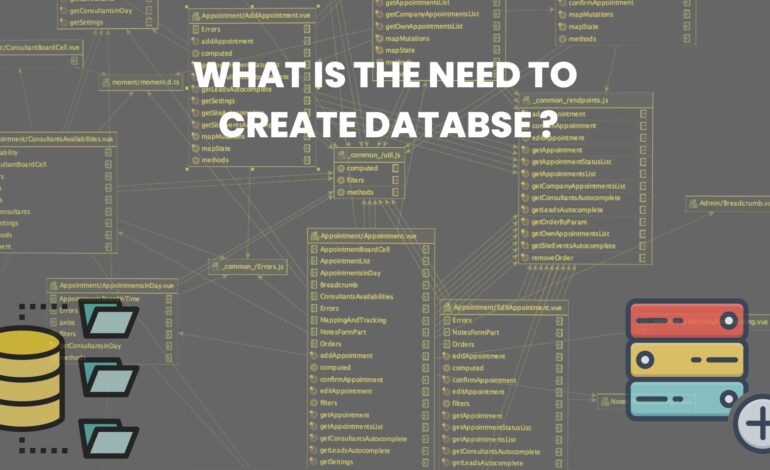
A project plan is the roadmap that guides a project from initiation to completion. It serves as a crucial document that outlines the project’s objectives, scope, timelines, and resource requirements. A well-structured project plan is essential for successful project management. In this article, we will delve into the key steps involved in creating an effective project plan.
Key steps involved in Project Plan are:
- Define the Project Scope:
The first step in creating a project plan is to clearly define the project scope. This involves identifying the project’s goals, objectives, deliverables, and constraints. It’s crucial to have a comprehensive understanding of what needs to be achieved to ensure that the project stays on track and meets stakeholders’ expectations.
- Identify Stakeholders and Gather Requirements:
Identify all the stakeholders involved in the project, both internal and external. Understanding their expectations and requirements is essential for tailoring the project plan to meet their needs. Conduct stakeholder meetings and gather input to ensure that all perspectives are considered.
- Create a Work Breakdown Structure (WBS):
A Work Breakdown Structure is a hierarchical decomposition of the total scope of work to be carried out by the project team. It breaks down the project into smaller, manageable tasks, making it easier to allocate resources, estimate timelines, and track progress.
- Define Tasks and Dependencies:
Once you have a WBS, define the tasks required to complete each work package. Identify dependencies between tasks to establish the sequence in which they need to be completed. Understanding task dependencies is crucial for resource allocation and scheduling.
- Estimate Time and Resource Requirements:
Also, estimate the time required to complete each task and allocate resources accordingly. This involves identifying the skills and expertise needed for each task and ensuring that the right people are available at the right time. Consider potential risks and uncertainties that could impact the project timeline.
- Develop a Project Schedule:
Based on the task estimates, create a project schedule that outlines when each task will be performed. Use tools like Gantt charts to visualize the project timeline and identify critical paths. This step helps in managing resources efficiently and ensuring that the project stays on track.
- Budgeting and Cost Estimation:
Develop a detailed budget that includes all project costs, such as personnel, materials, equipment, and overhead. Regularly monitor and update the budget as the project progresses to ensure that it stays within financial constraints.
- Risk Management:
Identify potential risks that could impact the project and develop strategies for mitigating or managing them. A risk management plan should be integrated into the project plan to address uncertainties and minimize the impact on project success.
- Communication Plan:
As well as, establish a communication plan that outlines how project information will be shared among team members and stakeholders. Effective communication is crucial for keeping everyone informed and aligned with project goals.
- Monitor and Control:
Finally, regularly monitor project progress against the plan and make adjustments as necessary. Implement a system for tracking milestones, issues, and changes. This ensures that the project stays on course and allows for timely intervention if deviations occur.
Tools available for Project Planning are :

There are numerous tools available for project planning, each designed to cater to specific needs and preferences. The choice of tools often depends on factors such as the complexity of the project, team collaboration requirements, and personal preferences. Here is a list of popular project planning tools across various categories:
- Microsoft Project: A widely used project management tool that allows for detailed planning, resource management, and timeline tracking.
- Asana: A versatile project management tool with task tracking, collaboration features, and customizable workflows.
- Trello: A visual project management tool that uses boards, lists, and cards to help teams organize and prioritize tasks.
- Jira: Especially popular for software development projects, Jira facilitates agile project management, issue tracking, and collaboration among teams.
- FLEXlists: Enables you to organize yourself without constraints. You can create a list with anything you want: Tasks, Addresses, Literature or anything else you can come up with!
Also Read : The power of Database Streamlining.
Summing up, creating a project plan is a complex but essential process for successful project management. By following these steps and continually monitoring progress, you can increase the likelihood of delivering the project on time, within budget, and to the satisfaction of stakeholders. A well-crafted project plan serves as a guide throughout the project lifecycle, providing clarity, structure, and a foundation for success.








